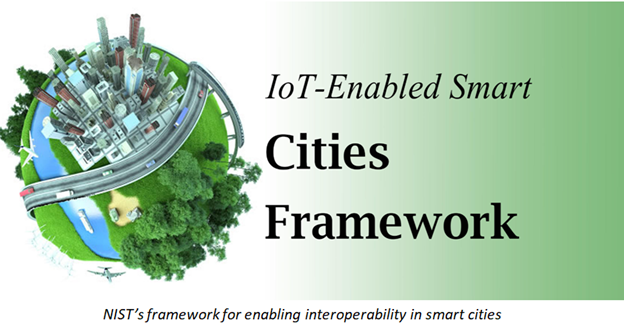NIST's Pivotal Points of Interoperability Enable Smart City Standardization
NIST's Pivotal Points of Interoperability Enable Smart City Standardization

A recent Propmodo article, Middleware Needs Standardization to Hold Smart Buildings Together, points out that sensor data in smart buildings and smart cities must get to where it needs to go so that it can be used and acted upon. That is one of the jobs of middleware software and IoT data and service platforms; they read, route, and aggregate data. As the article notes, the need for “seamless collaboration has never been greater in developing the Internet of Things.” Establishing interoperability between devices and systems is the key to unlocking the true potential of smart buildings and smart cities. One challenge, however, is that standardization is needed to aid communications. The article highlights NIST's Pivotal Points of Interoperability as an important foundation for promoting such standardization while enabling the repurposing of data for innovation. The PPI concept is detailed in NIST's Internet-of Things-Enabled Smart City Framework. It is the starting point for current efforts at NIST to relate reuse and societal benefits to Smart City data sources. The IES-City Framework calls for:
- Analyzing a smart city's existing architecture – including standards, specifications, and protocols
- Identifying overlapping concerns, such as functionality, data, timing, trustworthiness, etc.
- Determining common properties in overlapping concerns, such as cybersecurity and time synchronization
These common properties, or solutions, reveal Pivotal Points of Interoperability with which technology developers and standards developers can focus specifications to reduce interoperability challenges and leverage to enable multiple applications. The IoT-Enabled Smart City (IES-City) Framework was published by NIST in 2018. It was a product of the NIST-convened IES-City Public Working Group, led by Martin Burns of NIST, with representatives of government, industry, and academia participating. Pivotal Points of Interoperability (PPIs) identify opportunities for consensus-developed, standardized interfaces that deal with the composition of IoT without constraining innovation. PPIs provide a middle ground between two paradoxical scenarios: 1) If everything is standardized, innovation is stifled; and 2) If nothing is standardized, the result is noninteroperable clusters that are not easily integrated.

